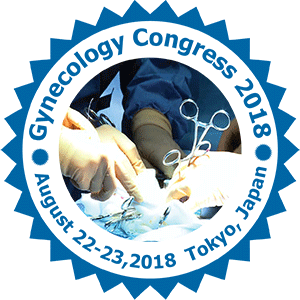
Jeni Panaiotova
Harris Birthright Research Centre for Fetal Medicine, King’s College Hospital, London
Title: Prediction of Morbid Adherent Placenta (MAP) at 11-13 weeks
Biography
Biography: Jeni Panaiotova
Abstract
To estimate the diagnostic accuracy of ultrasound in prediction of morbid adherent placenta at 11-13 weeks.
This was a prospective study in women attending the first trimester screening test for chromosomal abnormalities. Patient-specific risk was designed, based on the history of previous uterine surgery and placenta position. On the basis of these risks, the population was stratified into high-and-low risk groups for MAP. High risk group was followed up in a special designed MAP clinic at 11-13,20-24 and 28-34 weeks. The ultrasound markers used in this study were: non-visible CS scar, irregularity of the uterine-bladder interface, retroplacental myometrial thickness, presence of intraplacental lacunar spaces, presence of retroplacental arterial/trophoblastic blood flow and 3D Power Doppler irregular placental vascularization. The diagnosed was made on three or more than three ultrasound markers.
The study population of 22,604 pregnancies at 11-13 weeks, were assessed. 1,130, were exclude, because of no pregnancy outcome at the end, or because the pregnancy ended with termination or a miscarriage. The rest 21,474 were assessed at 11-13 weeks for previous uterine surgery and low lying placenta. We exclude 20,176 and 1,298 were assessed as high risk patients and those patient were referred to the MAP clinic at 11-13 weeks. 42 patients did not attend the first appointment and 243 were excluded, because the placenta was high. From the rest 1,013 patients, 14 patients were diagnosed with MAP and 999 patients with no MAP. All of the patients were followed at 20-24, 28-34 weeks and at the time of the delivery. 13 patients were correctly diagnosed with MAP, there was one false positive and 34 patients correctly diagnosed with placenta previa.
This study shows the feasibility of first trimester prediction of MAP, by using a combination of patient’s history of a previous uterine surgery, placenta position and specific ultrasound markers

